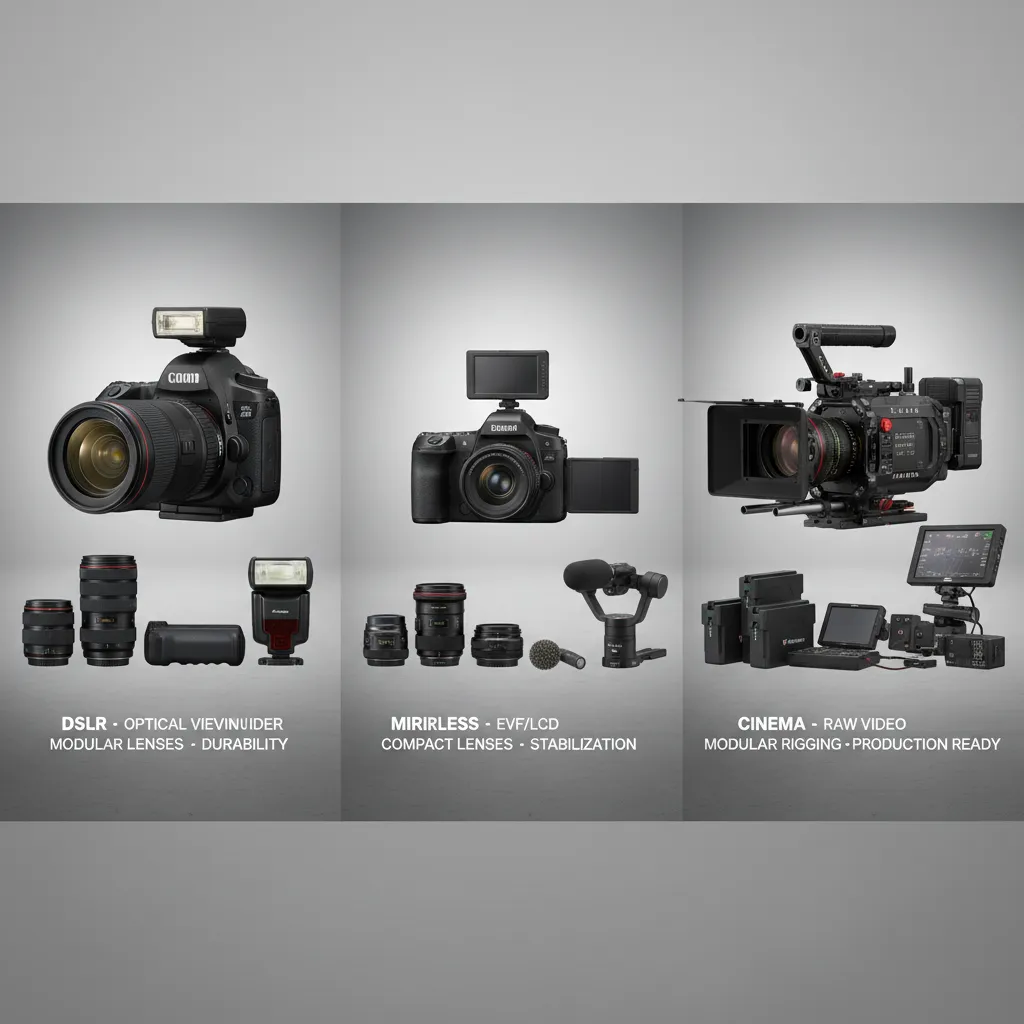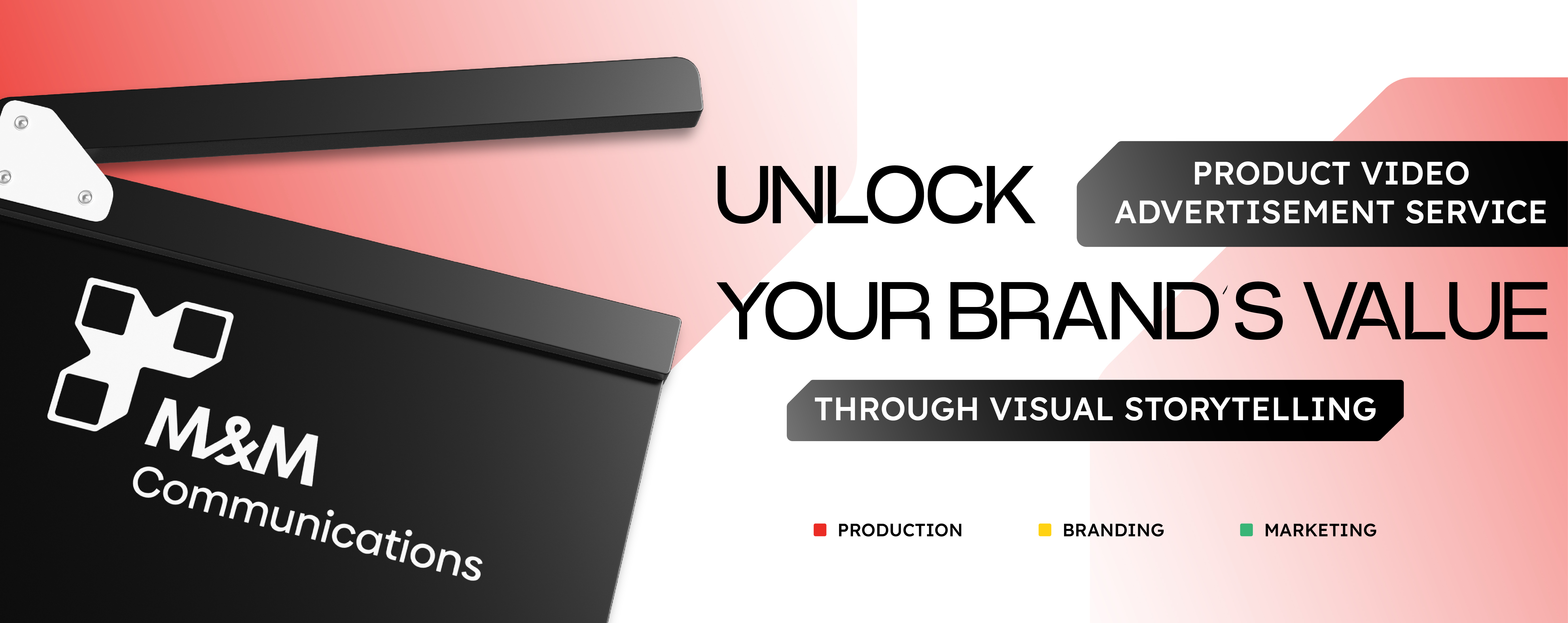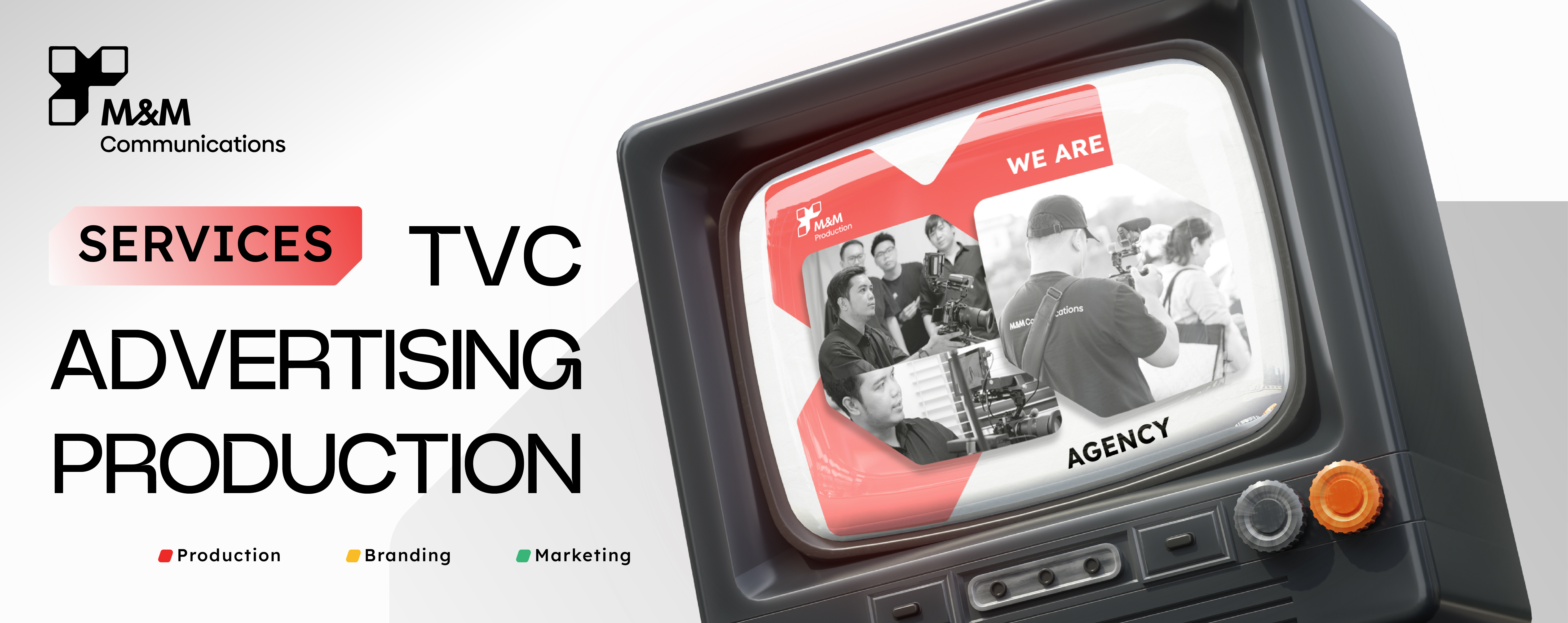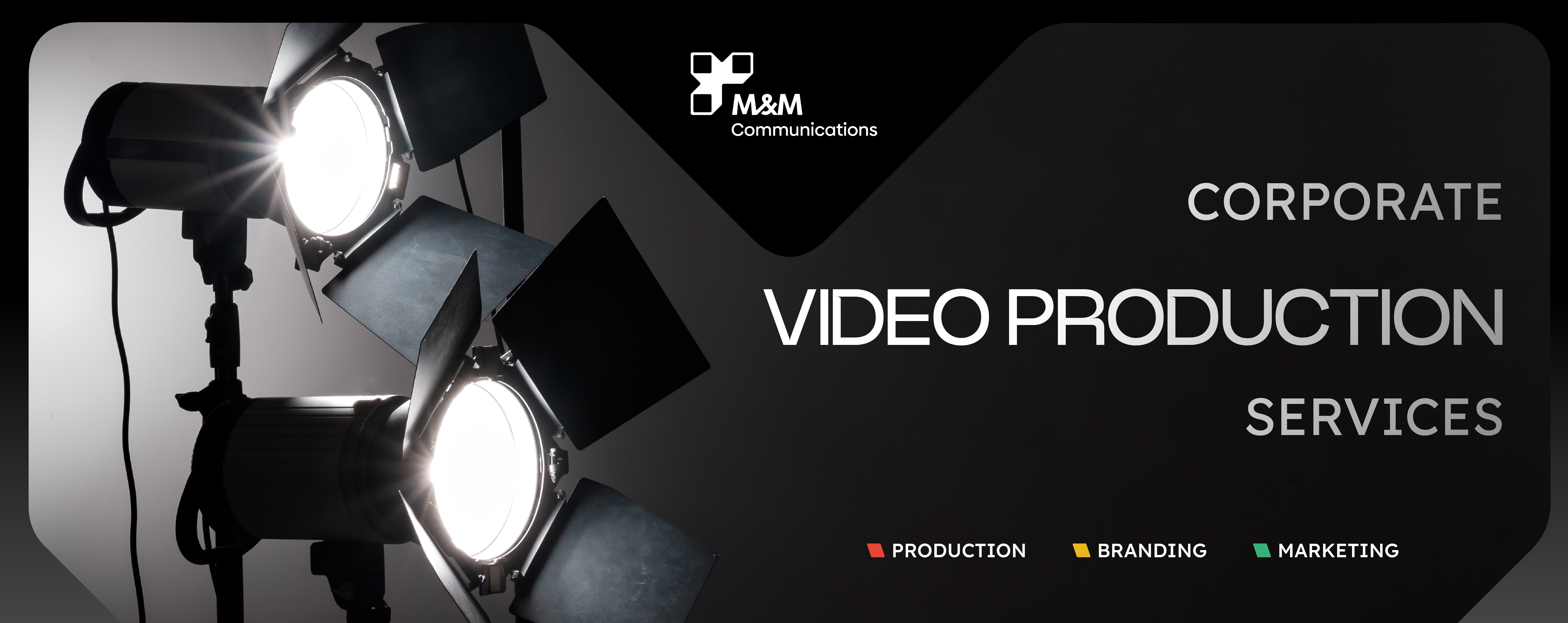
Video Marketing Camera Guide: DSLR vs Mirrorless vs Cinema Camera Comparison
Choosing the Perfect Camera System for Professional Video Marketing
Camera selection represents one of the most critical decisions in building professional video marketing capabilities, directly impacting content quality, production efficiency, and long-term creative potential. At M&M Communications, we've used diverse camera systems across hundreds of productions, understanding that successful camera selection isn't just about technical specifications—it's about choosing tools that enable creative teams to produce inspirational and magical video content efficiently while maintaining the flexibility to adapt to changing client needs and evolving production requirements.
Understanding Modern Video Camera Landscape
Today's video marketing camera market offers unprecedented choices across price ranges and capability levels, making strategic selection more important than ever for businesses committed to professional content creation.
The most effective camera choice balances current production needs with future growth plans, ensuring initial investment supports both immediate content requirements and long-term business development through scalable, upgradeable systems.
Professional camera selection also considers total cost of ownership including lenses, accessories, maintenance, and training requirements rather than initial purchase price alone, enabling informed investment decisions that support sustainable production capabilities.
DSLR Cameras: Traditional Excellence for Video Marketing
Technical Capabilities and Performance
Modern DSLRs like the Canon EOS 90D and Nikon D780 offer excellent video capabilities with large sensor quality, extensive lens ecosystems, and familiar operational interfaces that many photographers can adapt to quickly.
Video Specifications: Most current DSLRs provide 4K recording capabilities, excellent low-light performance, and comprehensive manual controls that enable professional content creation across diverse shooting conditions.
Lens Ecosystem Advantages: Decades of lens development provide extensive options from budget-friendly to professional grade, enabling creative flexibility and specialized applications without platform changes.
Battery Life and Reliability: DSLRs typically offer superior battery life compared to mirrorless alternatives, important for extended production sessions and remote location shooting.
Strengths for Video Marketing Applications
DSLRs excel in controlled shooting environments where manual focus and traditional camera operation feel natural, particularly for teams with photography backgrounds transitioning to video production.
Optical viewfinders provide clear viewing in bright conditions where electronic viewfinders might struggle, valuable for outdoor productions and challenging lighting situations.
Extensive accessory ecosystems and third-party support provide cost-effective expansion options for specialized applications and budget-conscious equipment expansion.
Limitations and Considerations
Limited continuous autofocus capabilities during video recording can create challenges for dynamic content or single-operator productions requiring reliable focus tracking.
Recording time limitations and potential overheating during extended video sessions may restrict certain production types or require additional planning and equipment management.
Larger, heavier form factors may limit portability and handheld shooting comfort during extended production sessions or travel-heavy content creation.
Mirrorless Cameras: Modern Versatility and Innovation
Advanced Video Features and Capabilities
Mirrorless cameras like the Sony A7III, Canon R6, and Fujifilm X-T4 represent current video technology leadership with advanced autofocus, in-body stabilization, and comprehensive video recording options.
Autofocus Excellence: Advanced phase-detection and AI-powered autofocus systems provide reliable focus tracking for dynamic content, interviews, and single-operator productions.
In-Body Image Stabilization: Many mirrorless systems include sophisticated stabilization that enables handheld shooting and reduces need for external stabilization equipment.
Electronic Viewfinder Advantages: Real-time exposure and color preview enable precise manual control while providing immediate visual feedback for technical adjustments.
Production Efficiency Benefits
Compact, lightweight designs reduce production fatigue and enable more flexible shooting positions, particularly valuable for content requiring mobility or extended handheld operation.
Silent shooting modes enable discreet recording in sound-sensitive environments or situations where traditional camera noise might be disruptive or inappropriate.
Advanced connectivity options including WiFi and Bluetooth enable remote control, live streaming, and immediate content sharing that streamline modern video marketing workflows.
System Considerations and Limitations
Shorter battery life requires additional battery management and potentially higher operational costs for extended production sessions or remote location shooting.
Electronic viewfinder lag and low-light performance may create challenges in certain shooting conditions, though current technology has largely addressed these historical concerns.
Rapidly evolving technology and shorter product lifecycles may require more frequent equipment updates compared to traditional DSLR systems with longer development cycles.
Cinema Cameras: Professional Video Production Excellence
Broadcast-Quality Capabilities
Cinema cameras like the BlackMagic Pocket Cinema Camera 6K, Sony FX6, and Canon C70 provide broadcast-quality recording with advanced codec options, professional audio capabilities, and comprehensive manual controls.
Advanced Recording Formats: RAW and high-bitrate recording options provide maximum post-production flexibility and color grading potential for demanding commercial applications.
Professional Audio Integration: XLR audio inputs, phantom power, and advanced audio controls enable direct professional audio recording without additional equipment.
Comprehensive Manual Controls: Dedicated controls for all major functions enable rapid adjustments during production without menu diving or operational delays.
Professional Production Advantages
Purpose-built video design eliminates recording time limitations and overheating concerns that may affect photo-centric camera systems during intensive video production.
Professional workflow integration with industry-standard accessories, monitoring solutions, and post-production software streamlines high-end production requirements.
Superior low-light performance and dynamic range enable shooting in challenging conditions while maintaining broadcast quality and professional image standards.
Investment and Operational Considerations
Higher initial investment costs and specialized accessories require significant budget commitment and may not be justified for basic content marketing applications.
Larger, heavier form factors and complex operational requirements may necessitate dedicated operators and additional crew for efficient production.
Professional workflow requirements including specialized storage, color grading, and post-production capabilities increase total system costs beyond initial camera investment.
Comparative Analysis for Video Marketing Applications
Content Type Suitability
Corporate Interviews and Testimonials: Mirrorless cameras excel through reliable autofocus and compact setup requirements, while DSLRs provide traditional control for experienced operators.
Product Demonstrations and Commercial Content: Cinema cameras provide maximum quality and professional control, while mirrorless systems offer excellent results with greater operational flexibility.
Social Media and Digital Content: Mirrorless cameras provide optimal balance of quality, convenience, and features for contemporary digital content creation and multi-platform distribution.
Event Coverage and Documentary: Mirrorless systems offer superior mobility and adaptability, while cinema cameras provide maximum quality for formal event documentation.
Budget and ROI Considerations
Entry-Level Investment ($2,000-5,000): Quality mirrorless systems with basic lens kits provide excellent starting points for professional content creation without overwhelming initial investment.
Professional Investment ($10,000-20,000): Comprehensive mirrorless systems or entry-level cinema cameras with professional accessories enable demanding commercial production applications.
Broadcast-Level Investment ($25,000+): Professional cinema camera systems with comprehensive lens and accessory packages support broadcast-quality production and demanding commercial applications.
This investment approach aligns with M&M Communications' philosophy: we don't recommend expensive equipment to impress clients with technical specifications. Instead, we help businesses choose inspirational and magical tools that enable their creative teams to produce outstanding content efficiently while supporting sustainable business growth and creative development.
Lens Ecosystem and Accessory Considerations
Lens Selection and Creative Flexibility
DSLR Lens Advantages: Decades of development provide extensive lens options from budget to professional grade, with strong used markets enabling cost-effective capability expansion.
Mirrorless Innovation: Newer lens designs optimized for video autofocus and stabilization, though typically with higher costs and more limited used market options.
Cinema Lens Integration: Professional cinema lenses provide maximum optical quality and precise manual control, though with significant cost and operational complexity.
Essential Lens Kit Planning
Develop lens kits based on content requirements rather than technical specifications: versatile zoom lenses for documentary-style content, prime lenses for controlled studio work, and specialized lenses for specific applications.
Plan lens acquisition progression that builds comprehensive capabilities over time rather than requiring complete purchase initially, enabling budget management while expanding creative possibilities.
Consider lens compatibility and upgrade pathways when selecting camera systems, ensuring long-term investment protection and capability development options.
Technical Workflow and Integration
Post-Production Workflow Requirements
File Format Considerations: Different camera systems produce different file formats and compression standards that affect storage requirements, editing performance, and post-production workflow efficiency.
Color Science and Grading: Camera manufacturers use different color science approaches that affect post-production workflow and final content appearance, important for brand consistency.
Storage and Backup Requirements: High-quality video files require substantial storage and backup infrastructure that affects ongoing operational costs and workflow planning.
Live Streaming and Real-Time Applications
Evaluate camera systems for live streaming capabilities, HDMI output quality, and real-time monitoring features that support livestream production and remote content creation.
Consider connectivity options including USB, WiFi, and professional video outputs that enable diverse workflow integration and future capability expansion.
Plan for remote production capabilities and cloud-based workflow integration that may become increasingly important for distributed teams and flexible production approaches.
Making Strategic Camera Investment Decisions
Current Needs vs. Future Growth Planning
Evaluate current content requirements, production volume, and quality standards while considering business growth plans and evolving content needs that may require enhanced capabilities.
Consider camera system upgrade pathways and accessory expansion options that enable capability growth without complete system replacement as business requirements evolve.
Plan for technology evolution and industry standard changes that may affect long-term camera system viability and professional relevance.
Team Skills and Training Requirements
Assess current team capabilities and training requirements for different camera systems, considering operational complexity and learning curve implications for production efficiency.
Plan for training investment and skill development requirements that ensure optimal equipment utilization and professional content creation capabilities.
Consider hiring and collaboration implications of camera system choices, including industry standard compatibility and professional network integration benefits.
Maintenance and Long-Term Ownership
Equipment Reliability and Support
Research manufacturer support quality, service availability, and warranty options that protect investment while ensuring reliable production capability maintenance.
Plan for regular maintenance requirements, firmware updates, and equipment lifecycle management that maintains optimal performance and professional reliability.
Consider insurance and replacement planning that protects business continuity during equipment failures or damage that could disrupt content production schedules.
Resale Value and Technology Evolution
Evaluate camera system resale value retention and market demand that affects total cost of ownership and upgrade pathway economics.
Monitor technology evolution patterns and industry adoption trends that may influence long-term equipment value and professional relevance.
Plan upgrade timing strategies that maximize equipment value retention while maintaining technological competitiveness and professional capability standards.
Conclusion: Strategic Camera Selection for Video Marketing Success
Camera selection requires balancing technical capabilities, operational requirements, budget considerations, and long-term business goals to choose systems that enable outstanding content creation while supporting sustainable business growth.
At M&M Communications, we understand that the best camera isn't necessarily the most expensive or technically advanced—it's the system that enables creative teams to produce inspirational and magical content efficiently while maintaining the flexibility to adapt to changing business requirements and creative challenges.
The future belongs to businesses that can make strategic equipment investments based on comprehensive analysis rather than technical specifications alone. Choose camera systems thoughtfully, plan for growth and evolution, and discover how the right equipment can transform your video marketing capabilities and business development potential.





